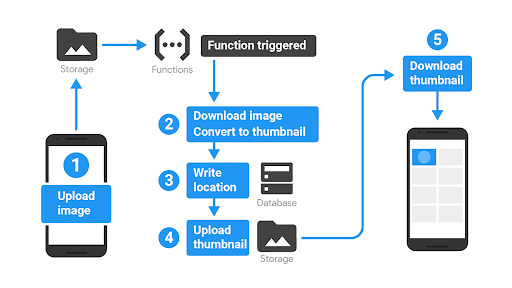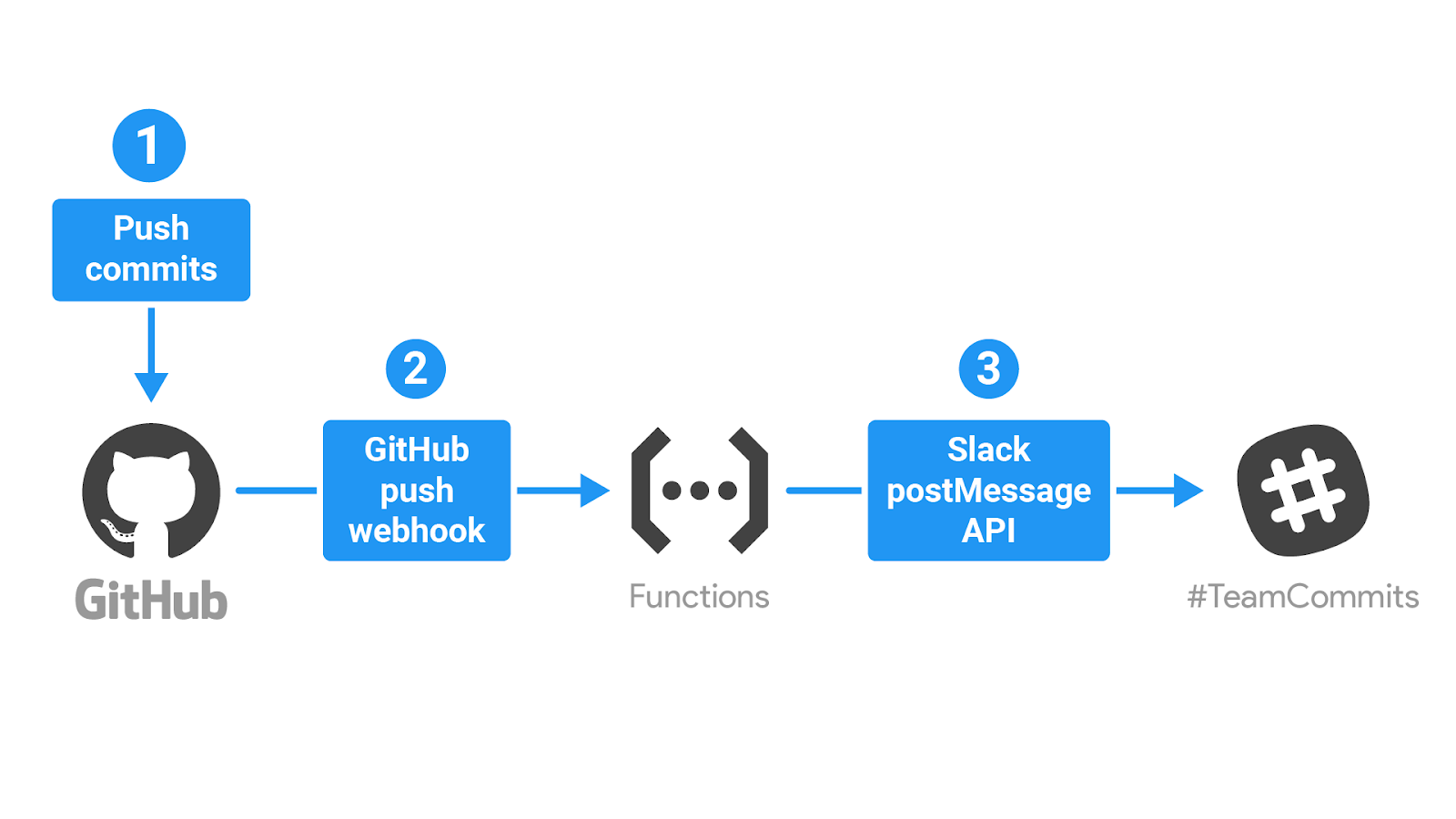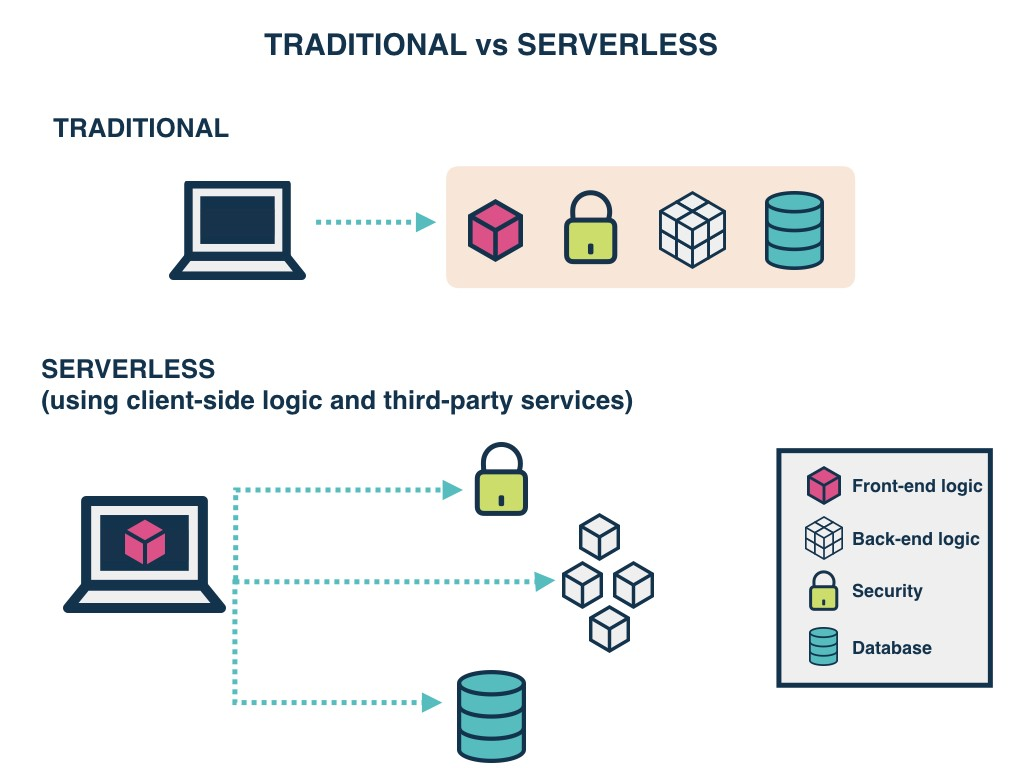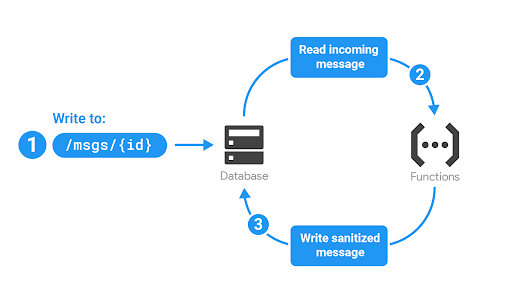The developer’s job is to create services that solve various business and technical problems. And the ops team spends time figuring out how to run those services on available computing infrastructure like hardware, OS, and so on. The ops team’s job is a never-ending task.
This is where serverless computing comes into play. It makes sure that teams stay focused on creating impactful services and code, eliminating the need to manage the underlying hardware and infrastructure. Providers like Google, AWS, Cloudflare, and Fastly provide serverless products where they fully manage the infrastructure on the customer’s behalf. However, serverless does not really mean the elimination of servers.
More specifically, serverless computing aims to provide backend services on an as-used basis. In this execution model, cloud providers dynamically allocate and charge only for the used storage and resources needed to run code. Servers are still involved but their maintenance and provisioning are entirely handled by the provider.
Traditionally, you have to patch, monitor, and update your application continuously to avoid unpredictable errors that can jeopardize your production, if overlooked. You are solely responsible for the complete functioning and maintenance of servers, which can distract you from the core development.
When you go serverless, you no longer have to be concerned about underlying servers as the vendor handles it entirely for you.
Another important thing to note here is that Functions-as-a-Service (FaaS) and serverless are often confused with each other. In reality, FaaS is a subset of serverless. Serverless focuses on any service category, be it storage, database, or compute, where end-users cannot see the configuration and management of servers.
In contrast, FaaS is one of the most central technologies in serverless architectures. It focuses on event-triggered computing paradigm wherein application code only runs in response to requests or events.
Here is an overview of the topmost serverless computing vendors. This is going to help you decide the best service as per your unique business and application needs.
Google Cloud Functions
Cloud Functions is a FaaS, or more specifically, an event-triggered serverless computer service by Google Cloud. It lets you run your code locally or in the cloud without requiring servers. You can create sing-purpose functions linked to events emitted from the cloud.
Triggering any event activates Google Cloud Functions, and your code runs in a fully-managed cloud environment. So, you don’t have to be concerned about maintenance, additional infrastructure, security, and updates.
With Cloud Functions, developers gain scalable computing power to run code in response to the Firebase and Google Cloud events.
Firebase apps use Cloud Functions uniquely to meet their unique requirements. Some use cases include:
- Notify users when something interesting happens.
- Perform database sanitization and maintenance.
- Execution of intensive tasks in the cloud but not on your app.

- Integrate with third-party services and APIs.

Key Features/Benefits of Google Functions
The top benefits and key features of Google Cloud Functions are:
Improved and simplified developer experience
Cloud Functions offers an intuitive and simple developer experience. Write and run small code snippets in response to requests or events that let you code faster. Connect to Google Cloud via triggers to streamline orchestration problems.
Build complex applications
Treat all Firebase, Google Cloud, Google Assistant, and third-party cloud services fundamentally. With Cloud Functions, you can extend these services with code, and quickly move from ideation to application production.
Develop end-to-end complex solutions using Cloud Functions and other Google Cloud services, including Pub/Sub, Cloud Scheduler, Cloud Tasks, Firestore, Cloud ML, BigQuery, and Vision API. You can also integrate with third-party services that provide webhook integrations to quickly add advanced capabilities to your application.
Pay Per Use
Cloud Functions charge you for the execution time of your function. You are charged nothing when the function does nothing. Cloud Functions are responsible for automatic spin up and down in a response to requests or events.
No lock-in
Run your functions in multiple environments using FaaS and prevent lock-in. Environments that support include Cloud Run, Cloud Functions, Cloud Run for Anthos, K-native based serverless environments, etc.
End-to-end development
Get full diagnosability for your application with Cloud Debugger and Cloud Trace. Also, get support for local and disconnected debugging/development by using the open sourced functions framework.
Auto-Scaling
Google Cloud Functions do not require scaling management because it can automatically scale your application. The code runs parallel and processes the income triggers only.
However, at the same time, Google Function comes with architectural complexity that can make the complete architecture a bit difficult to understand.
Also, though there are many tools to debug Cloud Functions, they can be hard to debug.
AWS Lambda
AWS Lambda is another event-driven computer service that lets you run code without managing servers. It runs code on serverless computer infrastructure and administers the underlying platform, including capacity provisioning, automatic scaling, code monitoring and logging, and maintenance of the server and operating system.
You simply upload the code on the serverless system and configure how and when to invoke it. AWS Lambda automatically runs code in response to multiple events, such as updating tables in Amazon DynamoDB, object modifications in Amazon S3 buckets, and Amazon API Gateway.
Introducing AWS Lambda functions
A Lambda function refers to the code you run on AWS Lambda. Once you create the function, you can trigger it anytime. In addition to the code, every function includes associated configuration information, such as resource requirements and the function name.
A stateless Lambda function can launch as many copies of itself as needed to scale to the incoming events.
Lambda Runtime Environment
One of the biggest advantages is when you execute functions, Lambda manages resources provisioning requires to run your code. These resources include Amazon Kinesis stream, Amazon S3 bucket, Amazon SNS notification, or Amazon DynamoDB table. So, developers can stay focused on writing code and business logic rather than being occupied with administering systems.
The Lambda service is split into the data plane and the control plane, each with a distinct purpose. The control plane on the network that is responsible for traffic management and routing. It makes global decisions about provisioning, maintaining, and distributing workloads. More specifically, the control plane provides the function management APIs and manages integrations with all AWS services.
When the Invoke API invokes a Lambda function, the data plane allocates it to a new or an existing execution environment to run the function code.
AWS Lambda lets you author the code in multiple programming languages using runtimes, such as Python 3.7, Java 8, .NET core 2, Node JS 8, etc. Lambda is responsible for maintenance, updates, and security patches.
Each execution environment, at a high level, contains a dedicated copy of the function code, the function runtime, Lambda layers, and a minimal Linux userland.
Custom Runtime
Runtime refers to the handler of a Lambda function when the function is invoked. You can include it in the deployment package of your function as an executable file named bootstrap.
You can use any other programming language to implement a custom Lambda runtime. For custom runtimes, developers are responsible for maintenance and to ensure that the runtime has the latest security patches.
Key Features/Benefits of AWS Lambda
Lambda boasts an exhaustive list of features. Here are the top one discussed below:
- Customized back-end services
You can create new back-end services tailored to your applications that are triggered using the Lambda API endpoints developed using the Amazon API Gateway. With this, you can reduce battery drain, prevent client platform variations, and enable easier updates.
- Bring your own code
You don’t need to learn any tool, language, or frameworks. You can use any third-party, and even native library. You can package and share any code across multiple functions.
- Automated administration and scaling
AWS Lambda seamlessly does all administration of the fault-tolerant infrastructure automatically through Amazon CloudWatch, freeing you to focus on building back-end services. You won’t need to update the underlying OS or rescale your new servers as your usage grows. There are no scheduled downtimes and maintenance windows, thanks to built-in fault tolerance.
- Connect to relational databases
Amazon RDS Proxy lets you fully manage multiple concurrent database connections to relational databases, making it easy to develop highly secure and scalable, Lambda-based serverless apps that interact with relational databases.
CDN Functions – Amazon CloudFront
Amazon CloudFront is a CDN (content delivery network) offered by Amazon Web Services. It helps organizations accelerate the delivery of files to end-users over the web while minimizing the load on its own infrastructure. It also integrates other AWS products, making it convenient for organizations already running on AWS.
CDN makes statics parts load fast, helping serverless applications to deliver a low-latency experience to-end users. It also allows developers to pay only for the resources and storage they use on demand, thus making CloudFront an important part of the Serverless ecosystem.
Key Features/Benefits of AWS CloudFront
Here are the key features of AWS CloudFront
Security
Amazon CloudFront seamlessly works with AWS Web Application Firewall (WAF), AWS Shield, and Amazon Route 53 to build a security layer against various attacks including DDoS attacks. These services work together to provide a reliable, scalable, and high-performance security layer for your applications and content.
Other security capabilities you get with CDN are SSL/TLS Encryptions and HTTPS, access control, and regulatory compliance.
Availability
Web applications have to deal with spikes in internet traffic during peak hours. Amazon CloudFront lets you cache your content in edge locations globally while reducing the workload by only fetching content when needed in your region. It increases the availability of your application.
With CloudFront, you can set up multiple origins for redundancy in the backend architecture. For origin failover, you can choose any combination of AWS origins like Amazon S3 buckets, EC2 instances, or Media Services, or non-AWS origins like an on-premises HTTP server.
Performance
Amazon CloudFront keeps measuring the internet connectivity and performance to find the best route requests to the network. It considers account performance, operational status, load, and other factors to deliver the unmatched experience in real-time.
It allows efficient requests transmission between the CloudFront Edge locations and other AWS services, across applications and regions. Network-layer optimizations enable the Amazon CDN to accelerate content for improved user performance. CloudFront is architected with large libraries and media assets.
Programmable and DevOps Friendly
With Amazon CloudFront, developers get access to full-features DevOps and APIs to create, configure and manage your Cloudfront distributions. It also provides access to many tools, including AWS CodeDeploy, CloudFormation, AWS SDKs, and CodeCommit to configure and deploy workloads with the CDN.
You can configure the CloudFront Distribution with multiple behaviors that govern how CDN processes your request. Developers can control how CloudFront caches and communicates with your origin, creates content variants using cache-key manipulation, customizes headers and metadata, and other customizations.
The built-in device detection helps detect the device type and passes this information to your application so it can easily adapt responses accordingly. You can also detect the country of the requesting user for added customization of responses.
Besides, Amazon CloudFront is a cost-effective solution because of the pay-as-you-go pricing plan. You pay only for what you use, and still the fee is minimum.
Summary
Serverless computing helps developers leverage the potential of cloud deployments. Now, you might ask, ”All three vendors of serverless computing look equally suitable. So, which one should I choose.”
When choosing a vendor, it helps to consider the big picture of your requirements and development environment. Keep in mind your long-term goals and your approach to code maintenance that you develop for the serverless architecture.





